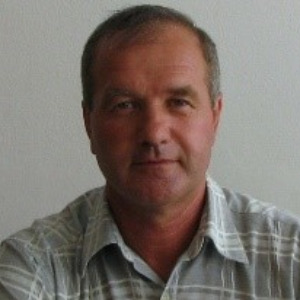Title : Development of online spatio-temporal risk prediction model for downy mildew (Plasmopara viticola) in grapevine
Abstract:
Development of a spatio-temporal model to predict downy mildew risk would facilitate development and implementation of a disease warning system for efficient fungicide application in grapevine. The objective of this study was to estimate the incidence of the downy mildew in grapevine and validate a spatio-temporal risk prediction model for downy mildew. Development of spatio-temporal risk prediction model for downy mildew was based on fuzzy classifiers in BioClass DSS. BioClass is a GIS tool designed to solve multiple-criteria classification and optimization problems. We present a new classification system which is based on combining fuzzy logic and level set methods. Preference-Ordered Fuzzy Sets approach provide the degree to which two classes are related to each other. An essential part of forming membership functions is the input space partitioning. The Response function as degree of satisfaction and Membership function as the expression of fuzziness for decision making and optimization problems is introduced. Our study demonstrated that in BioClass we can combine fuzzy logic and geographic information systems with knowledge of downy mildew biology and environmental data to derive new information for decision making. It was concluded that spatio-temporal models provide new possibilities for real time action in downy mildew risk analysis using decision support digital maps. The adopted methodology permitted quantifying the severity of the grape downy mildew not only in spatial terms, identifying the variability among the different regions of Moldova, but also in temporal terms, making an adequate distinction of the studied areas. The online version of spatio-temporal model was implemented into information system for integrated plant protection.



